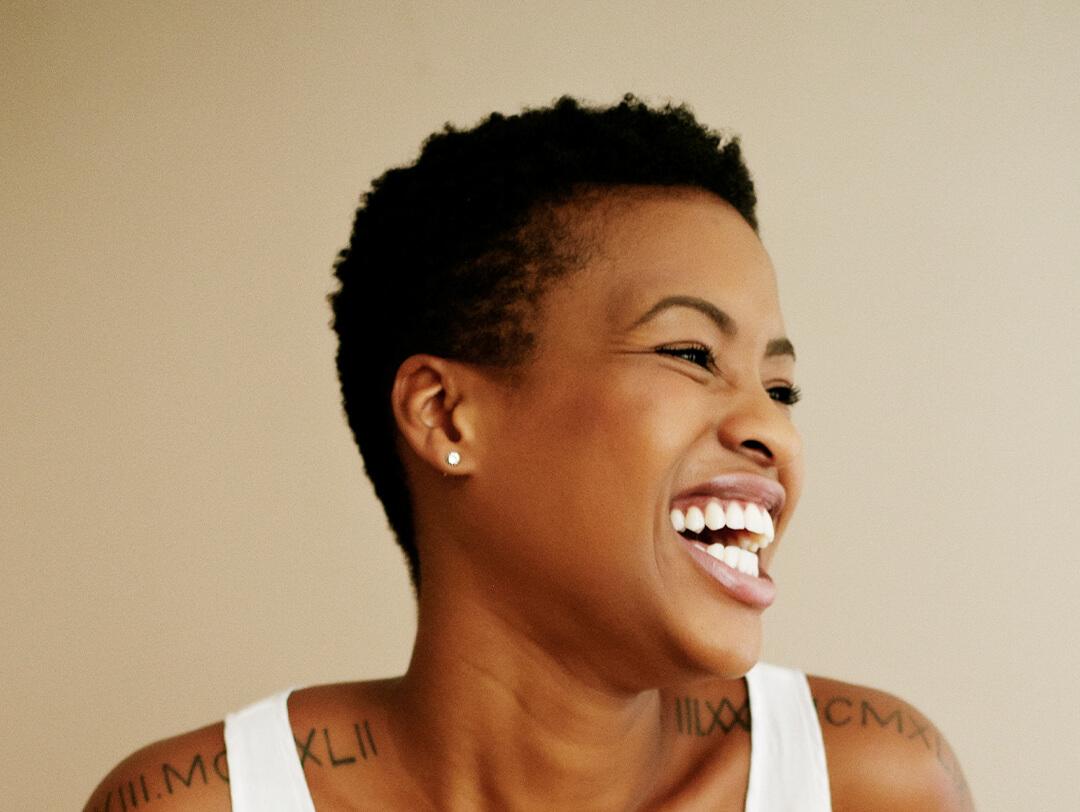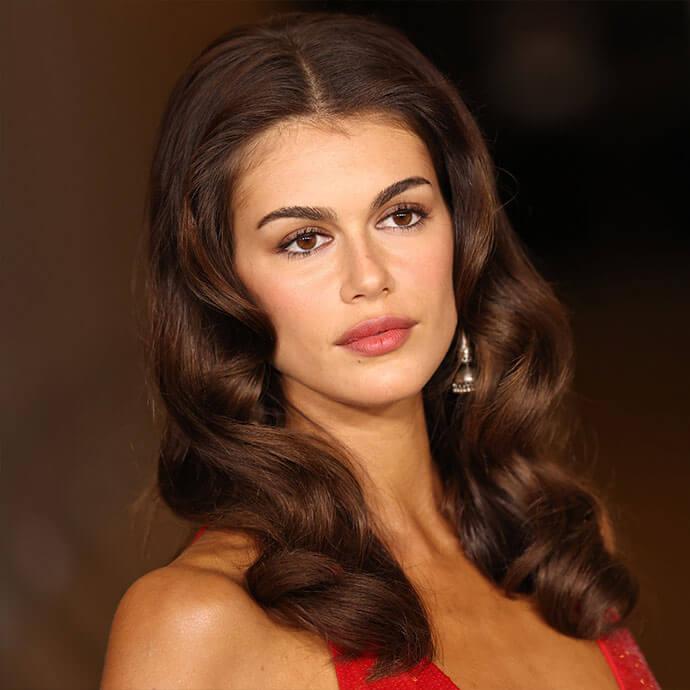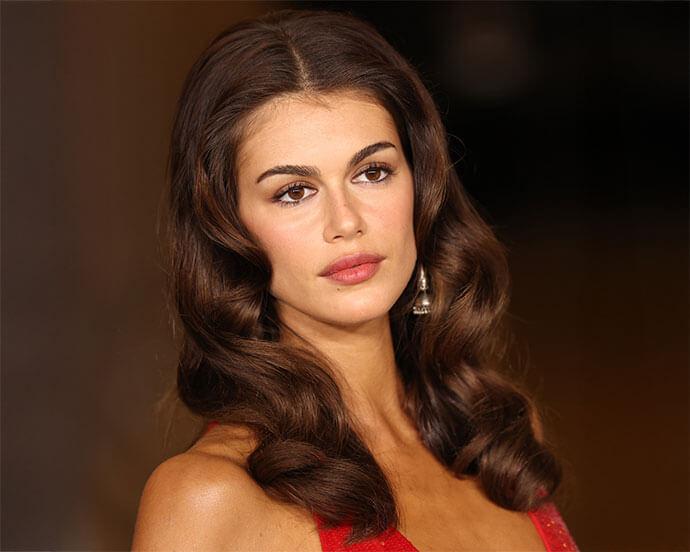The 8 Most Common Big Chop Mistakes (According to Stylists) and How to Avoid Them



Katrina Mitzeliotis Lanza


If you’ve spent years using chemical relaxers and straighteners on your hair, the idea of embracing your natural hair—and completely transitioning out of the routine you relied on for so long—can seem daunting. You may be longing for healthy hair and wish you could rock your natural texture, but it’s not as easy as just waking up and packing away your flat iron. The reality is that there’s a transition period as you start to grow out your natural hair and prepare for the big chop—and sometimes, this period can feel as awkward as middle school (thanks, braces and puberty!) and as slow as watching grass grow.
But we’ve got good news: There’s a way to make your transition to natural hair as smooth as possible and also keep your confidence intact. We turned to a texture expert who schooled us on the most common mistakes women make on their natural hair journey, and we’ve compiled them here so you know how to avoid them during your transition to natural hair. It’s true that different textures require different rule books, but once you embrace natural hair care and get the essential deets you need to know, you’ll be ready to take on any new hairstyle—trust.


It's about glam time you treated yourself.
MEET THE EXPERT
Regina Janvier is a stylist and textured-hair expert at Maggie Rose Salon who helps clients embrace and style their natural hair.
1. Having unrealistic expectations
Regardless of what you *think* your hair is going to look like when your natural texture grows out, it’s important not to make assumptions. If you do, you might be setting yourself up for failure by falling back into your old ways of styling. “This was something I personally went through when transitioning,” says Regina Janvier, texture hair expert and stylist at Maggie Rose Salon. Instead of embracing her tight curls as her hair grew out, she quickly tried to relax them with chemical treatments, which only resulted in more damage. “Having these expectations of what you think your hair will, or should, look like can lead to you being disappointed with the outcome of your hair and setting back your transitioning journey,” says Janvier. Keep an open mind and embrace your natural hair growth, regardless of whether or not your natural hair looks the way you thought it would.
2. Not moisturizing enough
When you’re learning to style your natural texture, don’t fall into the trap of reaching for curl-defining products instead of prioritizing moisture. “If you want defined curls, you have to moisturize your hair from the inside,” says Janvier, who recommends incorporating weekly deep-conditioning treatments and monthly protein treatments to keep your hair hydrated. “This will help keep your curls nourished, hydrated, bouncy, and strong,” says Janvier. Incorporating hydrating products and leave-in conditioners that assist with detangling are essential for your curly hair to flourish. Kinky hair has higher porosity, which means you need to hydrate from within to deep condition. This will allow you to seal the cuticle and combat frizz as you experiment with natural hairstyles, which is especially important for Afro-textured hair.
3. Heat styling too much
“One easy way to set back your natural hair journey is by using straighteners and overdoing it with blow outs,” says Janvier. Relying on heat styling can be a slippery slope—and it isn’t worth the damage. “Too much manipulation and tension will definitely lead to breakage,” says Janvier. In order to avoid the setback from heat styling and continue to love your look, opt for a protective style that doesn’t involve heat, like braiding or twist outs, if you want to switch it up. Embracing natural hairstyles is key.
4. Relying on old hair products
The products you reached for when your hair was relaxed won’t have the same impact on your hair in its natural state. Instead, you need to tailor your routine so that it enhances your natural hair. “One of the most common mistakes people make after the big chop is not changing up their styling routine,” says Janvier. “When dealing with a big chop, you’re dealing with completely different hair textures and patterns most of the time, so using an old routine for new hair won’t work. This is the time to try different products to see what works best for your hair.” If you're trying to style your natural hair for the first time, get some inspo by talking to your stylist or watching hair tutorials from influencers with hairstyles you like.
5. Trying to rush the transition phase
While it would be great to have a timeline for the transition to your natural hair, a one-size-fits-all approach simply doesn’t work. For some, a longer transition time is necessary before moving forward with the big chop. If you find yourself getting restless and you’re considering DIYing the big chop, it's best to re-evaluate your hair before picking up the scissors. Janvier says a longer transition time is usually necessary if a client falls in one of two groups: “If the client’s hair is severely damaged all the way or close to the root. The second is if they are not willing to truly commit to the “big” chop, and rather opt for a slow-but-steady transition,” she says. If you go the slow and steady route, cutting your long hair won't feel quite as jarring.
If you’re hesitant about going from long relaxed hair to short hair, in most cases, cutting your hair to shoulder length is still an option. Shoulder-length hair makes it so you’re still able to create an array of hairstyles while getting rid of the dead ends that can weigh down your ’do. You can manipulate, finger coil, and scrunch to create curls. “As new, virgin hair grows you will be able to see the difference of what your hair looks like when it’s healthy compared to damaged so in the future you are able to potentially spot the early stage of damage,” says Janvier.
6. Thinking you have it all figured out
While you can certainly DIY the big chop at home, if it’s the first time you’re transitioning to natural hair, it might be best to discuss your hair goals with a stylist who can offer guidance and suggestions tailored to your hair. “Sometimes as a stylist, we have to politely tell the client that we cannot come through on certain expectations because either the hair is not in a healthy state to do so, or the client’s inspiration is completely unrealistic given their hair type, pattern, length, and hair color, says Janvier. Although this news might not be what you were hoping to hear, your stylist can talk you through your options and offer up alternative solutions to ensure you leave the chair feeling happy and confident with your new look. “You may not be able to do exactly what they want, but there are creative ways you can start working towards their end goals or something similar,” she says.
7. Ignoring your hair’s natural texture when trying to decide on a length
Let your natural hair guide you. Your hairstyle after the big chop should be determined by your hair texture, curl pattern, and porosity. “Texture and density will not only help you decide which hairstyles fit best, but they will also help determine an ideal hair length and how the hair should be cut,” says Janvier.
8. Comparing your natural hair journey to someone else’s
Deciding to take a rest from relaxers and embrace your natural curls doesn’t always happen overnight, so be patient with yourself as you make your way through the many phases of the process. “Comparing your hair to others or to what your expectations are can definitely take a toll mentally, making you feel inadequate about how your hair naturally grows from your head,” says Janvier. Instead, try to focus on the outcome and why you set out on this journey in the first place. “It should be about self-acceptance and getting your hair back to a healthy state,” says Janvier.
Navigating your new look and embracing natural hair care is all about finding the right products and experimenting with your shorter hair. Even if it's the first time you're working with natural curls, there's so much you can do if you want to get creative with your hairstyle. Depending on your hair type, there are plenty of alternatives to sporting straight hair—and in the end, it's all about embracing the look that makes you feel like your most confident, best self as you rock your natural hair.
Want in on all the IPSY Glam Bag fun? Take our Beauty Quiz now to get started. Already an Ipster? Refer your friends to earn points, which you can use toward products. Either way, don’t forget to check us out on Instagram and Twitter @IPSY.
Liked this post? Share!
Related Stories


Hair
6 Hair Trends Set to Take Over in 2026, From Bixie Cuts to Bouncy Blowouts
Published on Dec 5, 2025 • 5 min read


Hair
21 Easy Hairstyles to Enhance Your Natural Curls and Coils
Published on Dec 3, 2025 • 11 min read


Hair
The Ultimate Guide to Styling Short Hair
Published on Dec 1, 2025 • 11 min read


Hair
From Bangs to Blonde: The Hair Trends Taking Over 2025
Published on Dec 16, 2024 • 5 min read


Hair
Scalp Exfoliation Is the Key to Healthier Hair—Here’s How to Do It Correctly
Published on Nov 21, 2025 • 9 min read


Hair
The 10 Best Hair Masks and Conditioners to Promote Hair Growth
Published on Mar 11, 2024


Hair
20 Trendy Hairstyles That’ll Make You the Life of the (Holiday) Party
Published on Oct 15, 2025 • 9 min read


Hair
Easy Thanksgiving Hairstyles to Look Polished While You Feast
Published on Oct 2, 2025 • 6 min read


Beauty Picked Just for You
Get 5 products worth up to $70
Plus exclusive access to epic deals up to 80% off
Starting at just $14/month. Cancel anytime.